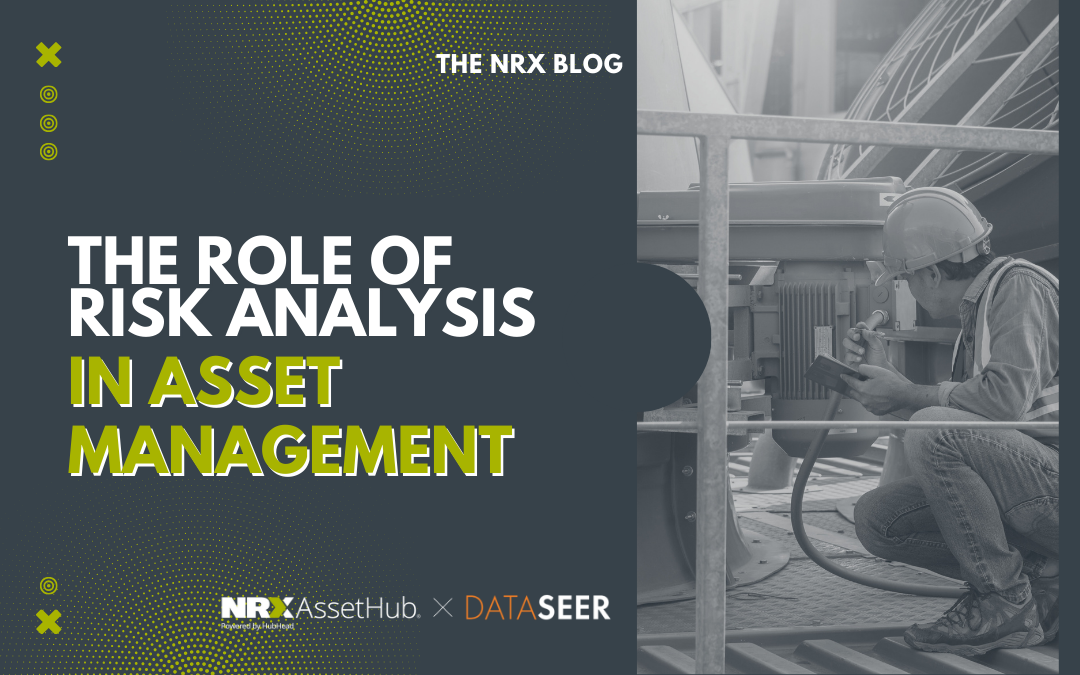Risk analysis in asset management is crucial for industries like energy, manufacturing, and infrastructure, where balancing performance, safety, and cost is key. While it may not be the first thing companies think of, risk analysis plays a central role in keeping operations running smoothly and profitably.
In this blog, we’ll explore the importance of risk analysis in asset management, how it helps prevent costly failures, and why it’s essential for long-term success.

What is Risk Analysis in Asset Management?
Risk analysis is all about identifying potential risks, understanding their impact, and developing strategies to manage them. When it comes to asset management, this process involves assessing equipment reliability, predicting failures, and evaluating how these risks could affect operations.
Think of risk analysis as an early warning system for your assets. It allows organizations to foresee potential problems and take action before they disrupt operations. This proactive approach helps plan maintenance, allocate resources more effectively, and avoid unexpected breakdowns.

Why Is Risk Analysis So Critical?
1. Preventing Costly Equipment Failures
Unplanned equipment failures can be expensive—not just because of repairs but also lost production and revenue. Risk analysis helps spot weak areas in your asset infrastructure, so maintenance teams can fix problems before they become bigger.
By using historical work order data, performance trends, and real-time monitoring, risk analysis highlights which assets are most likely to fail. This means maintenance can be more focused, reducing the chances of unexpected downtime.
2. Optimizing Maintenance Planning
Maintenance can eat up time and resources if not planned well. Risk analysis helps prioritize tasks, ensuring the most critical assets are maintained first. This avoids last-minute fixes, which tend to be more expensive and inefficient than planned maintenance.
With a strong risk analysis process, asset managers can extend the life of their equipment. Repairs and replacements happen at the right time—not too early, but not too late.
3. Improving Safety and Compliance
In industries like oil and gas or mining, safety is a top priority. Equipment failures in these sectors can lead to dangerous situations. Risk analysis ensures critical assets, especially those tied to safety, are monitored and maintained regularly.
Many industries also have strict regulations requiring risk assessments to meet safety standards. Conducting regular risk analysis ensures safety and compliance, helping companies avoid penalties.

Moving Forward: The Role of Asset Data in Risk Analysis
Accurate asset data is essential for effective risk analysis. To assess risks properly, companies need up-to-date and well-structured asset hierarchies, equipment lists, and maintenance schedules.
Unfortunately, many organizations struggle with inaccurate or outdated data. This can undermine risk analysis efforts. For example, an incomplete asset register makes it harder to identify which equipment poses the biggest risk. Similarly, outdated maintenance schedules can delay repairs, increasing the chances of unexpected failures.
In our next blog, we’ll explore the future of risk analysis and how to improve asset data quality. We’ll also discuss the shift from reactive to proactive asset management. Stay tuned!

How Can We Help You?
HubHead and DataSeer’s AI Service combines human-level understanding with machine speed to build a scalable knowledge data store of engineering designs. By integrating these solutions with your existing EAM/CMMS systems and creating a digital twin, you can enhance decision-making and streamline your maintenance processes. Contact us for a free demo or book a call.
Leveraging AI for Data Extraction to Mitigate Safety Risks
Embracing Automation – The Future of Data Extraction
Extracting Data from Scanned Images and Paper Drawings
Share this article




